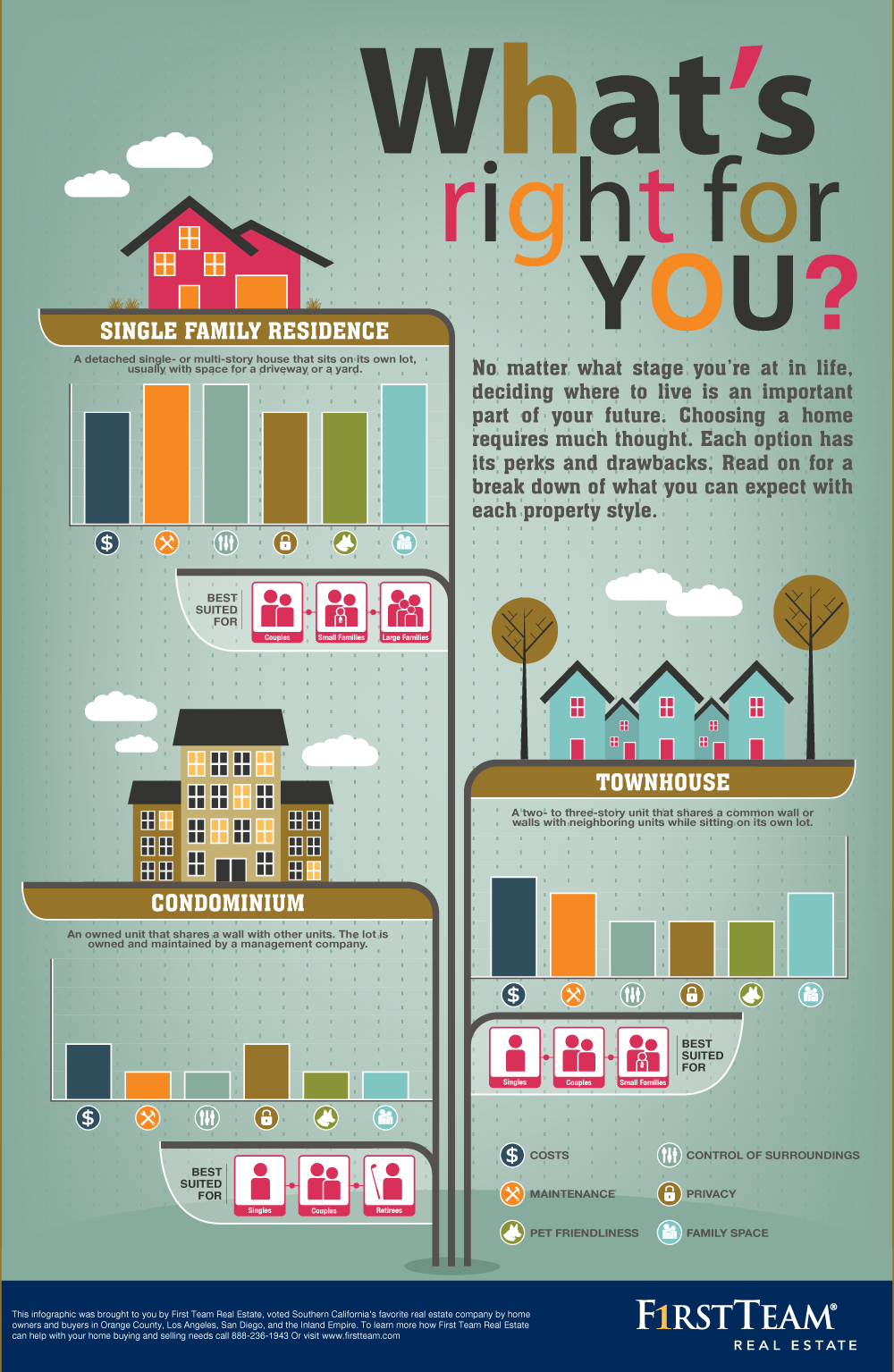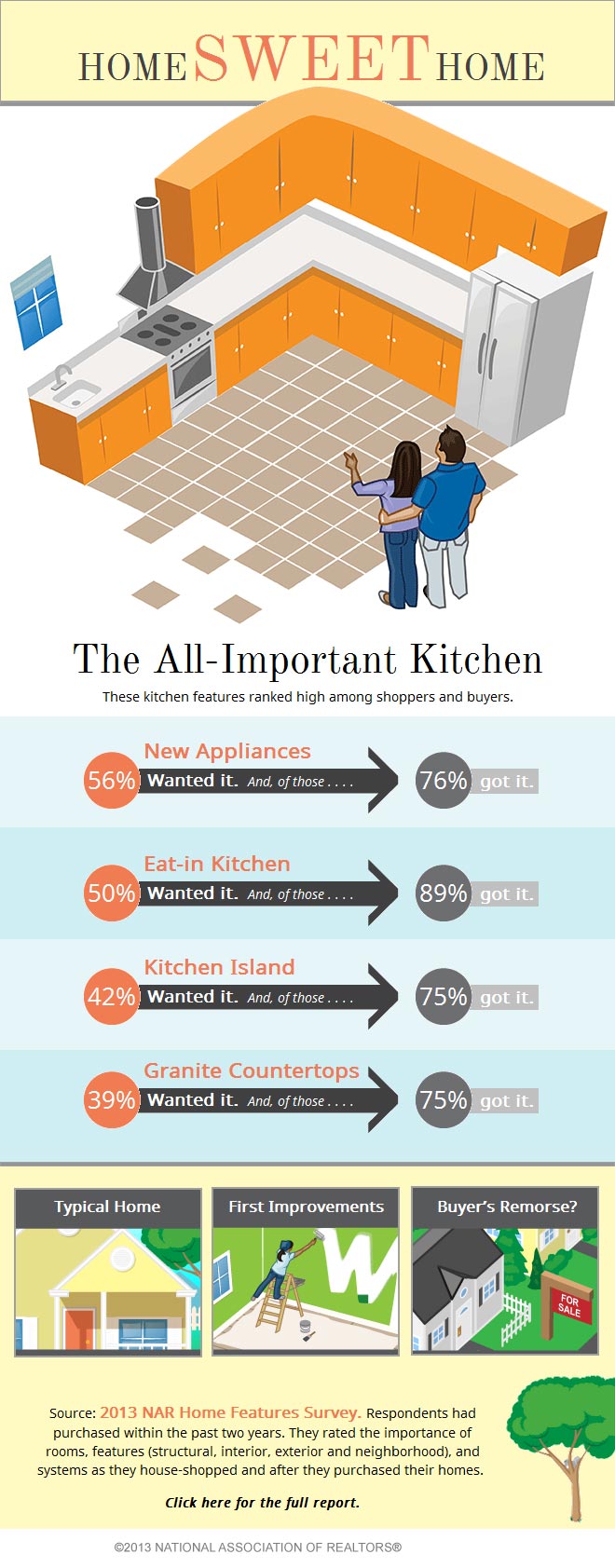 As congregations grow and move to bigger buildings, or flocks disperse and older structures become too expensive to maintain, church properties occasionally wind up on the market. Home buyers and designers see residential potential in these historic structures and work to preserve the historic exteriors while performing miracles on the interiors. Decommissioned churches-turned-residences are some of the most interesting spaces we’ve seen. Here are four from around the world, each with a link to a full Houzz Tour for more details.
As congregations grow and move to bigger buildings, or flocks disperse and older structures become too expensive to maintain, church properties occasionally wind up on the market. Home buyers and designers see residential potential in these historic structures and work to preserve the historic exteriors while performing miracles on the interiors. Decommissioned churches-turned-residences are some of the most interesting spaces we’ve seen. Here are four from around the world, each with a link to a full Houzz Tour for more details.
4 Former Churches Find New Glory as Homes
Efficient Architecture Suggests a New Future for Design
 What makes something efficient? Merriam-Webster defines “efficient” as “productive without waste.” Apple’s senior vice president of design, Jonathan Ive, applied the idea of efficiency to design when he sought to get rid of anything that wasn’t absolutely necessary.
What makes something efficient? Merriam-Webster defines “efficient” as “productive without waste.” Apple’s senior vice president of design, Jonathan Ive, applied the idea of efficiency to design when he sought to get rid of anything that wasn’t absolutely necessary.
The idea of an efficient home has grown in popularity over the last decade, largely in the context of energy efficiency. However, energy is only one important part of a home’s efficiency. The near-collapse of the economy has caused many potential homeowners to rethink what is important, weeding out the unnecessary and creating the potential for a fresh design aesthetic.
Here are several examples of efficiency that impacts all aspects of design, including beauty and cost.
Buying A Home, See What’s Right For You
Strange Looking Structures Perched on Hillside Like Living Creatures
 It’s hard to argue with Moon Hoon’s assertion that architecture is alive when his own structures, one equipped with bull’s horns and another seeming to bear googly eyes, look ready to charge down the hillside. ‘Rock It Suda’ is a series of pension houses created as a fun, no-holds-barred country getaway for a member of an amateur rock band and his friends. Each little vacation home has its own creative theme.
It’s hard to argue with Moon Hoon’s assertion that architecture is alive when his own structures, one equipped with bull’s horns and another seeming to bear googly eyes, look ready to charge down the hillside. ‘Rock It Suda’ is a series of pension houses created as a fun, no-holds-barred country getaway for a member of an amateur rock band and his friends. Each little vacation home has its own creative theme.


The client, a bass guitarist in the band Rock It Suda, wanted a pension that would double as a playground. In Korea, a pension is a place in the suburbs where city dwellers can get away to relax, cook out and enjoy the scenery. While many other pensions are built to resemble European cottages and chalets, Moon Hoon’s series is cartoonishly colorful, and wholly unexpected.


The themes of the houses include Spain, Barbie, Stealth+Ferrari, and caves. Located on the edge of a dry river bed with views of a mountain range, the pensions have a fun and playful feel that’s bound to be a considerable variation from the occupants’ full-time residences back in the city. Nets and hammocks offer childlike places to hang out.

Some of the structures have tail-like appendages made of netting that move and sway in the wind, enhancing the sense that they’re living creatures. Hoon’s injection of fantasy and surreality into architecture encourages us to look at buildings in a different light, connecting with them emotionally and letting go of arbitrary rules about how adults should act – at least, temporarily.
Read more: http://dornob.com/surreal-structures-perched-like-living-creatures-on-korean-hillside/#ixzz2ZmopyJbN
Open-PlanTerraced Townhouse

Redesigned by RichardHO Architects (images by Vineyard Production), the structure itself was deemed sound but the spatial configurations were simply not conducive to modern living. Their solution involved opening up living, dining and kitchen areas to form continuous volumes, making the entire place feel more spacious but also letting light in from the front, back and above via skylights and air wells.

Perhaps the most stunning feature is the central pool which serves to anchor the core of the living area and sits at the bottom of a multi-story atrium, providing a conceptual and actual nexus of activity, air and light.

Meanwhile, peripheral spaces including master bedrooms and bathroom enjoy direct access to windows and decks and a degree of privacy and separation from the otherwise-open approach.
Read more: http://dornob.com/terraced-townhouse-open-plan-platform-based-rebuild/#ixzz2ZEj9ChFa
The Automated Home
U.S. Survey Reveals Homes’ Characteristics
 What’s the median monthly mortgage payment of home owners? $1,015, according to the newly released American Housing Survey, conducted by the U.S. Census Bureau. The survey reveals a range of data, from who is living in homes to characteristics of the homes themselves. The latest survey reflects 2011 data. The survey is conducted only on odd years.
What’s the median monthly mortgage payment of home owners? $1,015, according to the newly released American Housing Survey, conducted by the U.S. Census Bureau. The survey reveals a range of data, from who is living in homes to characteristics of the homes themselves. The latest survey reflects 2011 data. The survey is conducted only on odd years.
Among the survey’s findings:
- Home owners paid 2.3 percent more for their homes in 2011 than in 2009 — with the median purchase of price of homes $110,000 in 2011 compared to $107,500 in 2009. Meanwhile, new construction median purchase prices were higher at $235,000, which was below the $240,000 median in 2009.
- The median monthly expenses for home owners was $151 for real estate taxes; $121 for electricity; and $58 for property insurance.
- The median year occupied homes were constructed was 1974.
- 72.5% of the owner-occupied homes had central air and 46.3% had working carbon monoxide detectors.
- The highest percentage of homes had three bedrooms and two or more bathrooms.
- The most popular selected home amenities were porch, deck, balcony, or patio; telephone available; separate dining room; and usable fireplace.
“The last five years remind us how central housing is to each of us personally, to the fiscal health of our cities and counties, and the national economy,” says Kurt Usowski, HUD’s deputy assistant secretary for economic affairs. “From the American Housing Survey, we can see why people chose to move, how often homes need repairs, and the extent to which housing costs are outpacing income growth. All this information can help inform policymaking around continued recovery in the U.S. and in metropolitan areas around the country.”
You can search the housing data from the American Housing Survey, including breakdowns by metro, at the U.S. Census Web site.
Source: HUD
Transition Time: How to Connect Tile and Hardwood Floors
 Plan ahead to prevent unsightly or unsafe transitions between floor surfaces. Here’s what you need to know.
Plan ahead to prevent unsightly or unsafe transitions between floor surfaces. Here’s what you need to know.
Transitioning a bathroom’s tile floor to the hardwood of another room is often given little forethought. However, not planning the transition can result in a final product that doesn’t meet your expectations, or a floor assembly that’s destined to fail.
Most of the floor framing in North America is designed to meet a base industry standard. This standard (usually measured as a deflection rating) allows for materials like small ceramic tile,vinyl, carpet and hardwood to be used on floors. But these days most of my clients want large,natural stone tile.
Many also want the tile to transition seamlessly from one room to the other. This can be done, but most homeowners don’t know that their home has to be designed with extra strength and rigidity to carry this weight.
Click here to learn what to specify when planning a transition from tile flooring to hardwood.
read more> Houzz



